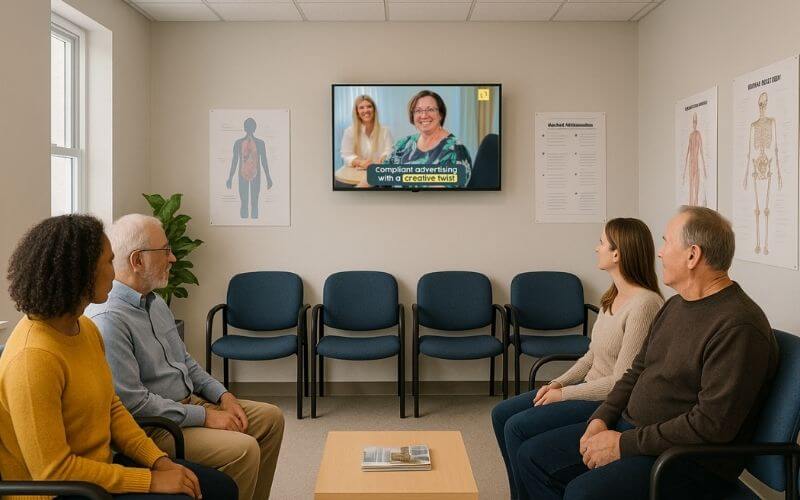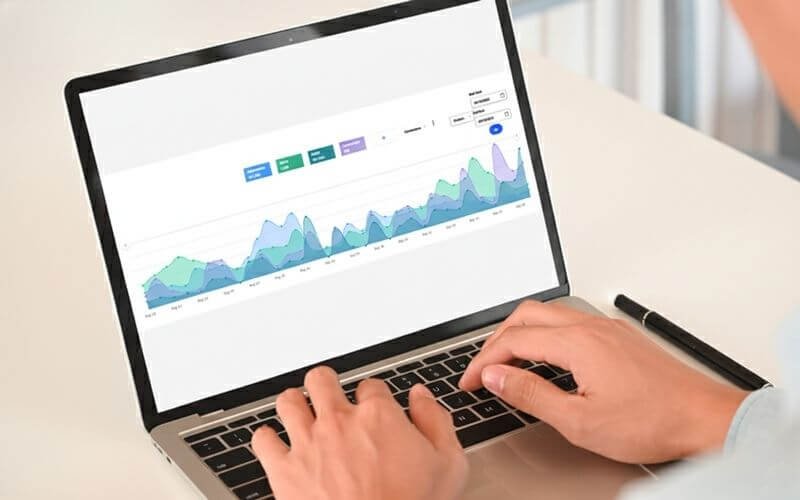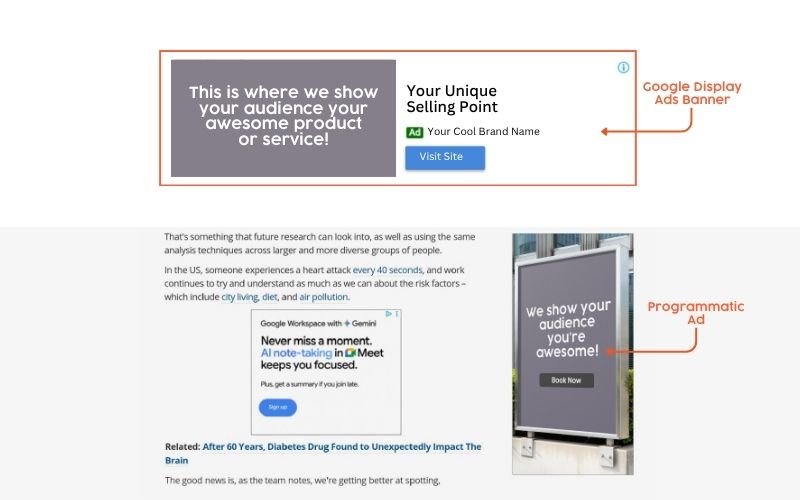What is conversion?
A website conversion happens when someone visits your website and takes the action you want them to take.
Depending on your business goals at the time, that action could be:
- Signing up for a newsletter
- Completing a form
- Buying a product
- Booking an appointment
- Downloading an ebook
- Scheduling a meeting.
What’s a good conversion rate?
Your advertising and content marketing should all be driving traffic to your website. If you’ve done those steps well, the people visiting your website will be the right kind of people – your ideal target audience. They won’t all be ready to book or buy just yet, but your website should tempt at least some of them to do so.
Your conversion rate, then, is the number of website visitors who take the desired action divided by your overall number of website visitors times 100.
For example, if you have 3000 visitors during a certain time period and 30 of them download your new ebook, your conversion rate is 1% (30/3000×100).
So, what is a good conversion rate? There’s a lot of variability but, generally speaking, if 2% of your visitors convert, you’re about average. If you get 5% to convert, you’re doing very well. And if more than 10% become converts, you’re doing fabulously.
Why is my website not converting?
When you’ve put a lot of effort into creating a beautiful website, it’s disappointing to discover that it’s not generating sales.
But don’t despair. Often there are fairly simple things you can do to increase the odds of a website visitor becoming a client.
It all starts with exploring your website as if you were a potential client. Ask your friends and family to do this too. How easy is it to find the information you want? What obstacles do you encounter? What works well and what is off putting?
Often, it’s one of these 10 issues.
1. It’s not mobile friendly
The majority of internet searches are now performed on mobile devices.
That means you need a mobile-first design for your website. It needs to fit the screen, have easy navigation and buttons that are big enough to tap with your finger. And it needs to look good on both Apple and Android devices.
2. No SSL certificate
An SSL certificate is standard security technology for encrypting information between a visitor’s browser and your website. It stands for secure sockets layer. No-one really notices if you have an SSL certificate. But if you don’t have one, you’re in big trouble because everyone who tries to visit your site will find their way blocked by a warning that your site isn’t secure.
You’ve probably seen those sorts of messages yourself. Did you continue to the website anyway? Or did you hit ‘back’ as quickly as you could and visit another site that offered something similar and was also secure?
Talk to your website provider or marketing agency if you need an SSL certificate.
3. Slow speed time
Our patience runs out in just seconds these days. Whether at the lifts, traffic lights or the line at the coffee cart, we really don’t like waiting.
That’s also the case with websites. If your site is sloooooow to load, people give up and go elsewhere. You’ve really only got a few seconds before you lose your customer.
Test your site speed for free here. If it proves to be slow, there are various techniques that you or your web developer can use to make it faster.
4. Bland messaging
Throughout your site, you need to articulate what makes you different from the competition. Maybe it’s your ethics, expertise, personality or after care. Whatever it is, you need to demonstrate it. It’s the first step in building a relationship with your prospective customers.
Learn about strengthening your professional identity here.
5. Target audience
You can’t appeal to everybody. It’s better to focus on a certain group and target your messaging and imagery to appeal to them.
Bring your ideal clients to life by creating semi-fictional personas for them. It helps you get inside their head and identify their frustrations, fears, values and desires. And it’s quite good fun too.
6. Bad copy
Once you’ve narrowed down your audience, you need website copy (words) that appeals to them.
You need appropriate language and the right tone for your business and your target demographic. Any discrepancy is jarring and breaks the connection between you and your audience.
7. Difficult navigation
Your website should be easy and intuitive to navigate, enabling people to find what they want without having to dig hard for it.
That’s harder to pull off than you might think. But it’s vital. A good user experience leads to more sales and it improves your rankings, meaning more people can find your website. It’s the ultimate virtuous circle.
So, let’s say you’re a physiotherapy practice seeking more bookings. Ask your friends to visit your site and take all the steps needed to book. Was it easy? Is there an obvious booking link right there on every page? Or did they have to jump through many different hoops before they could achieve a booking?
8. No call to action
Your website isn’t a public information service. It’s there to grow your business through bookings or sales. It certainly should contain information that’s valuable to your target audience but the ultimate goal is to turn prospective clients into real ones.
A call to action (CTA) prompts website visitors to do something. The aim is to pull the visitor further into the sales funnel, moving them from simple awareness of what you do to being a lifelong loyal customer.
Calls to action might include prompts to:
- Sign up
- Download for free
- Subscribe now
- Get started
- Claim your free trial
- Find out more.
Calls to action should be peppered throughout your website.
9. It’s weak above the fold
The very first call to action should appear above the fold – that’s the first part of your website that’s visible without scrolling down.
This is the first bit that your visitors see. It needs to state what you do clearly and succinctly. And it needs an immediate call to action.
Your keenest visitors might not want to read about your brand story. They might simply want to buy or book now. So, give them that option right there above the fold.
10. Forms are too long
Your call to action has worked and your almost-client is typing their details into your form.
You might be tempted to gather as much information as you can. After all, it’s like gold. You can find out about your customer’s age, location, gender and contact details. It’s all wonderfully useful for research and marketing.
Your clients see it differently though. It’s too much, too soon. Filling in a long form feels intrusive. It’s also time consuming.
If your client is only at the awareness stage of the sales funnel, they’re probably not willing to tell you their life story. They may part with their name and email address in exchange for a useful ebook but that’s probably about it.
It’s different further down the funnel. If someone is buying online, they know you need their contact details. If they’re booking a medical appointment, they understand you may ask health-related questions.
How to make your website convert better
Addressing these 10 issues will help your website convert more visitors into clients. Some are simple tweaks and some require technical and marketing expertise.
Splice Marketing has helped many clients to turn their websites into high-converting shopfronts that power practice growth.
We’d love to help you too. That’s why we offer a free 30-minute consultation that includes a digital diagnosis of your website performance normally worth $315.
If you’d like a conversion-oriented website, then please book your free consultation today.







